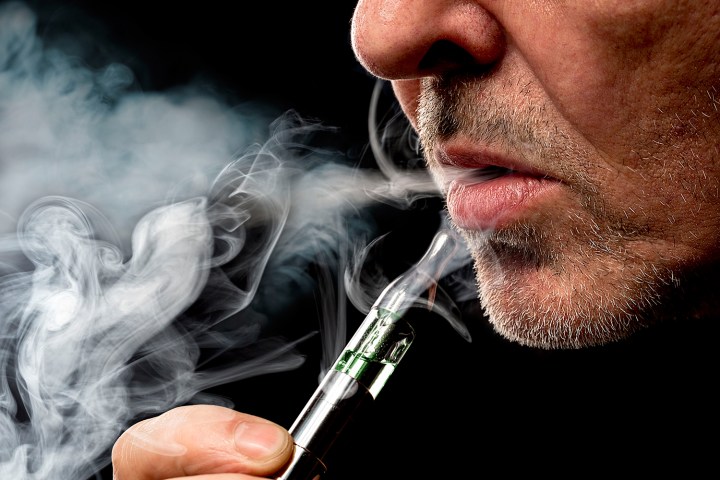
The use of e-cigarettes has dramatically increased over the past decade, with almost 8,000 uniquely flavored “e-juices” currently available to consumers. When these liquids are heated and inhaled, the flavoring chemicals enter the lungs. In the University of Rochester’s study, researchers compared the health effects of vaping nicotine-free flavored e-liquids with smoking regular cigarettes. They concluded that these flavoring chemicals affect immune cells in the body, specifically a type of white blood cell called monocytes.
The study’s author Dr. Thivanka Muthumalage suggests that, although such flavorings are considered safe for ingesting, they can prove damaging when inhaled. “Cinnamon, vanilla, and butter flavoring chemicals were the most toxic, but our research showed that mixing flavors of e-liquids caused by far the most toxicity to white blood cells,” Muthumalage said in a press release.
Since this is still a new area of research, more investigation needs to be carried out. The researchers next plan to do experiments to simulate the effects of live, and call for a long-term human study to investigate the health effects. For now, though, they suggest that e-cigarette flavors should be regulated and e-juice bottles made by law to include a descriptive listing of all the ingredients they contain. This is particularly important when the flavorings are ones which are named to attract younger vapers, such as candy, cake, cinnamon roll and mystery mix.
A study describing the work, “Inflammatory and Oxidative Responses Induced by Exposure to Commonly Used e-Cigarette Flavoring Chemicals and Flavored e-Liquids without Nicotine,” was recently published in the journal Frontiers in Physiology.
Editors' Recommendations
- FDA officially bans fruit- and mint-flavored vaping cartridges
- Washington becomes the latest state to seek ban of flavored vaping products
- Massachusetts becomes the latest state to enact a ban on e-cigarettes
- The Trump administration will move to ban flavored e-cigarettes
- Michigan is the first state in the U.S. to ban flavored ecigarettes


